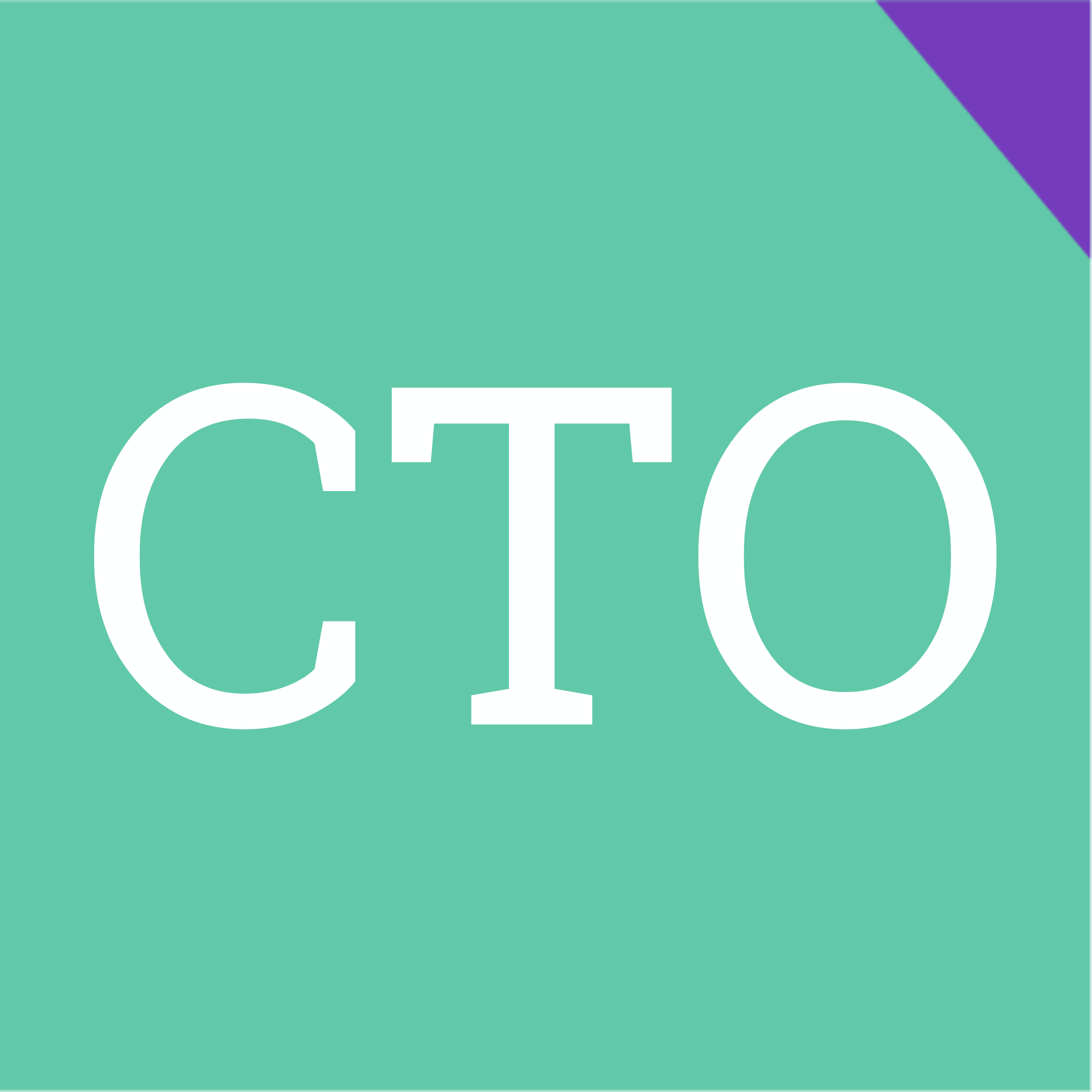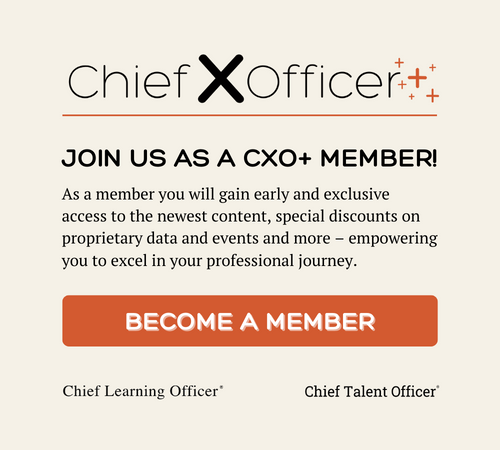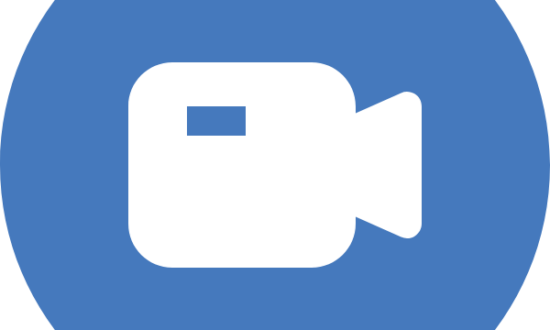In today’s rapidly evolving workplace, where remote work and globalization have become our new normal, businesses are facing disruption at greater velocity and their people need to be able to respond and adjust accordingly. Companies that offer only linear career paths overseen by rigid structural hierarchies will fall behind those that emphasize individual development, skill enhancement and the creation of equitable opportunities for all.
The notion of the 20-year career is over – people are looking for growth and progression or they leave. As such, organizations must look inwards to how they can provide career mobility in a way that helps build broader organization awareness in lieu of the more traditional career ladder.
Putting continuous career progression into practice is harder than it sounds; it is a strategic imperative for organizations seeking to attract and retain top talent, boost employee satisfaction and drive organizational success. By thoughtfully and intentionally defining their philosophy and methodology, companies can empower their employees to thrive in an ever-changing global landscape, while fostering a culture of growth.
Designing job levels
At its core, designing job levels is about creating a systematic method of objectively and (hopefully) accurately crafting a set of standards for individual positions within an organization. And it’s critical that companies get this right from the start as putting standards in place later can lead to inconsistencies in titles and responsibilities from role to role.
Designing job levels creates a structured hierarchy that defines responsibilities and scope. When designing appropriate job levels, it is critical to take into consideration factors such as role complexity and expertise to accurately define your levels and the rights and responsibilities that come with each role.
Done poorly, job leveling can lead to long-lasting performance, morale and retention problems. But when job levels are properly defined, they help clarify skills and competency requirements (and deficiencies) for employers and help employees understand their career paths and compensation.
Defining your compensation philosophy
One of the most important reasons organizations engage in job-level planning is that it can help inform your compensation philosophy. The rapid rise of global and remote workforces has challenged many companies’ existing modus operandi for determining compensation (if one existed at all).
Compensation philosophies for employees in global organizations typically fall on a spectrum between a hyper-localized plan that pays employees a market rate based on where they live, and one that’s globally agnostic and essentially offers a flat rate for a specific position, regardless of where the employee resides. Each approach has pros and cons, and each organization should make this consideration on a range of factors including their culture, strategy, geographic span, and of course budget.
Regardless of how your philosophy nets out, it’s becoming increasingly more important to your people that you be transparent and communicate both the criteria and the process you used to determine an employee’s (or group of employees’) salary, even if that doesn’t yet involve sharing the actual data. It is also important to remember that, when it comes to any compensation discussions, you are entering a highly emotive area that impacts the very reason that people come to work. Give yourself a break and distribute the personal and emotional load with senior management and others who have bought into your philosophy.
Developing competency-based performance frameworks
Competency-based performance frameworks focus on defining the skills, knowledge and behaviors required to perform specific roles effectively. These frameworks help organizations fairly and equitably assess employee performance, benchmark success, and identify areas for growth and development.
This model goes beyond the traditional job description that simply lists the skills required for the role. Instead, competency-based performance structures focus more on how specific skills should be applied for that person to be successful in their position. The skills are, of course, important, but the ability to utilize them properly and get meaningful results from them is a critical factor.
There are several types of competency models, but whichever one you choose, role-based competencies must be clearly defined and intentionally specific. Yet, they must also be simple to understand and easy to implement by both management and employees.A well-developed competency framework allows organizations to perform professional assessments more carefully and make more informed talent management decisions.
Creating equitable systems for career advancement
Creating equitable systems for career advancement ensures opportunities for growth and promotion are accessible to all employees, regardless of gender, race or geographical location. However, data shows that 44 percent of employees said their companies do not provide a compelling career path based on a series of criteria including setting goals, defining required skills and creating clear job descriptions with achievable milestones.
Historically excluded populations face more significant challenges and have different needs regarding career advancement. The way people learn, work and live is transforming, which means we must create systems that ensure equitable opportunities and outcomes.
Managers and organizational leaders must clearly and continuously articulate how employees can move from entry-level to roles with higher levels of responsibility and compensation to go with it. Creating strong career paths begins by assessing the necessary skills and competencies for various roles or career stages. Leadership should also assess available training and professional development resources for employees to gain those skills. This can be particularly challenging for geographically distributed companies with limited resources in specific markets. For example, you may have sales and marketing in Portugal, a development team in Estonia, and manufacturing facilities in South Korea. But unless you’re a large multinational company, it’s challenging to ensure in-country training and professional development resources.
This is where technology can help bridge the gap. Each of your locations needs reliable equipment, including software and devices, to communicate effectively. It may look or feel different depending on your department or country, but it’s critical to provide your people with the tools they need for clear, consistent communication between managers and their direct reports.
And the proper cadence of communication should strike a balance between providing enough support and oversight without making employees feel like they are being monitored. As such, you’ll want to ensure that employee listening efforts (e.g. surveys, town halls, focus groups) include questions about quality of life and career satisfaction and disaggregate results by geography, race and employee pay band. This will help ensure you’re being fair and consistent in measuring what matters most to your people.
Unlocking continuous feedback
Beyond the listening tools mentioned above, organizations should seek to establish a culture of continuous feedback. Feedback is the fuel that drives employee growth and development and is critical for retention and employee satisfaction in any organization, let alone a global, distributed workforce. Here are a few best practices:
- Implement regular check-ins and one-on-one meetings between managers and employees to provide opportunities for feedback and coaching.
- Encourage the use of platforms like Slack to facilitate real-time communication and peer recognition.
- Promote a culture of open and honest conversation by effectively training managers and employees on giving and receiving feedback.
It may be tempting to look at your feedback programs as a replacement for your regular performance reviews. However, it is important to maintain them as two distinct parts of the employee development process. This is because these feedback loops do not provide the ingredients necessary to fully appraise an employee’s performance. Without that, it’s difficult to make informed decisions about compensation and longer-term career planning.
An iterative process with individual impact
Career progression planning should never be seen as a “one-and-done” approach. It needs to be a dynamic and iterative process that takes into consideration multiple factors and ultimately balance the needs of the organization as a whole and those of each employee as an individual.
Ultimately, everyone’s got the same question—”What’s in it for me, and what will this mean for my life?” One of our biggest challenges as leaders is to land our philosophy and methodology and unpack what it means to each employee. We have an obligation to create and maintain open communication channels that allow us to invite feedback and show progression over time as the organization changes, market dynamics shift, and our workforce’s needs become more complex and intersectional.











